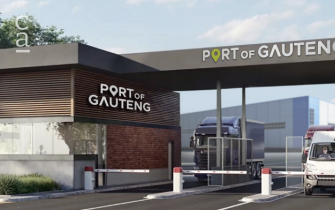Western Africa
Southern Africa
Africa's Data Centre Boom
It is forecast that 700 new data centres need to be built in Africa this decade.

The boom in data centre construction in Africa is continuing in 2023. Just in the past couple of months, Onix has announced a new project in Senegal and Raxio Data Centres has secured a US$170 million debt facility to support the roll-out of infrastructure across the continent.
According to Xalam Analytics,
Want to continue?
Subscribe to get access to premium content
By subscribing you get access to the Newsfeed, Tenders, Events



